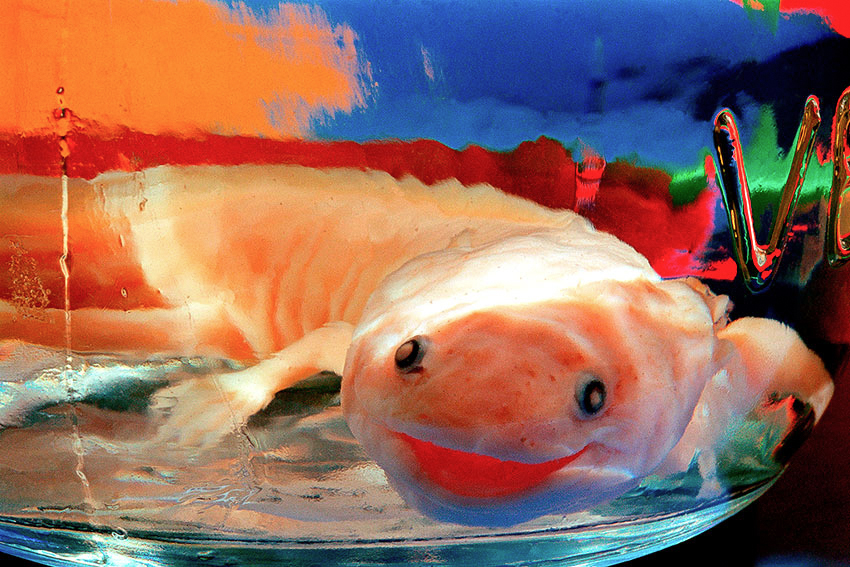
Future
Nature
5th
@ Guinness Storehouse, Dublin, Ireland
Blue Oyster Gallery, Dunedin, New Zealand
RIT, Rochester, New York
Nikolai Fine Art, New York
Hudson River Museum, New York
irish Centre Shanghai, China
Shanghai University, China
Nouart Gallery, Bejing, China
Berlin Natural History Museum, Germany
All Images: Collection of the Museum für Naturkunde, Berlin
In
"Future Nature", Karl Grimes continues his analytical engagement with
the themes of retrieval and resurrection - bringing to light and into
the light the objects and specimens previously hidden in dispersed archives
and research databanks. The exhibition takes as its content the unique
animal embryos and foetuses formally housed in the collections of the Hubrecht
Laboratory, Utrecht, Netherlands, and the Tornblad Institute, Lund,
Sweden.
The Hubrecht and Tornblad collections are among the largest and most scientifically valuable non-human embryo depositories in the world. The collections were largely assembled in the late nineteenth and early twentieth centuries by Ambrosius Arnold Willem Hubrecht (1853-1915) in Utrecht and by Ivar Broman (1868-1946) in Lund. The Hubrecht Collection and the "Future Nature" images are now housed in the Museum für Naturkunde in Berlin.
"Future Nature" stands as both requiem and genesis. The mode of display and artifice transform these collections of pre- and postnatal animals, collapsing their past into a timeless, liminal, ambivalent space - where they are constantly on the verge of becoming... yet frozen in time. This is the paradox throughout: a fantasy future of vibrant Disney-world displays, of long-extinct creatures, or perhaps of those which never came into being. Captured in a state of grace, the images invite us to view and enter a contemplative mode - where colour and large scale render them both close-up yet distant, creating an allegorical world where death and immortality are present[ed] in living colour.
Following "Still Life" (1998), "R-Block" (1999) and "Stuffed Histories" (2000), "Future Nature" is a further take on histories and narratives of science. Grimes challenges our assumptions about how we aestheticise nature - questioning how nature and scientific processes are made available for public consumption. By dealing with the stuff and matter of science in his practice, he invites us to reconsider the interfaces between art and science and creates a rich visual currency in this exchange.
Future Nature is the second work in the Collected Body trilogy. Following Still Life and preceding Vial Memory, the works explore the medical and zoological archive as shrine and the human and animal body on display.
Scientific Adviser & Curator: Jenny Narraway. Original exhibition sponsored by Guinness/Diageo Ireland.
Video/Sound. Spirit Collection, 5 minutes. Tornblad and the Cracked Seal Jar. 6.5 minutes
25 C-Prints and DiaSec, Dimensions of 6ft x 4ft (183 x 122cm) & 36 x 24 in (92 x 61cm) each.
5 Light boxes. Dimensions of 6ft x 4ft (183 x 122cm) & 36 x 24 in (92 x 61cm) each.
Collection of the Museum für Naturkunde, Berlin.
![]()
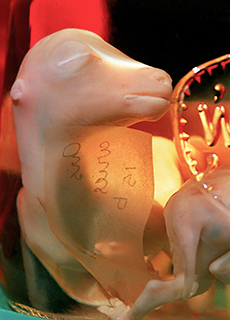 |
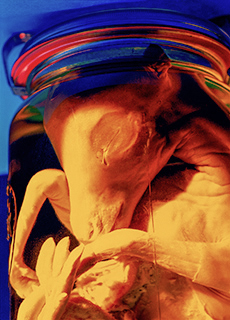 |
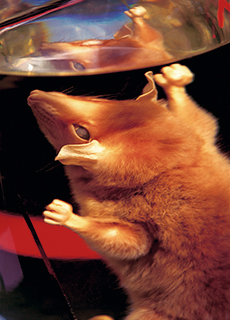 |
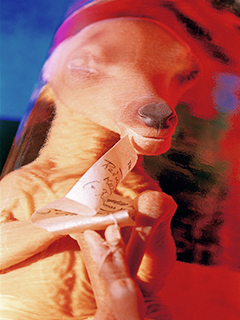 |
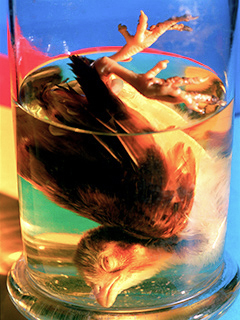 |
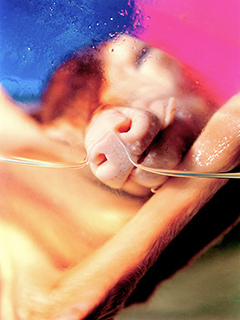 |
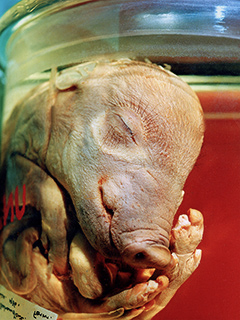 |
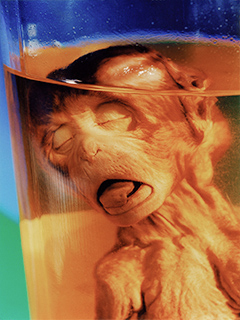 |
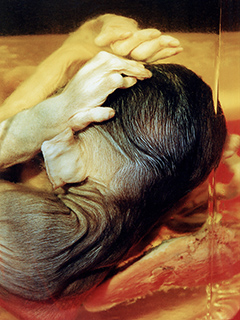 |
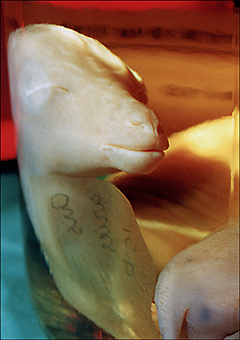 |
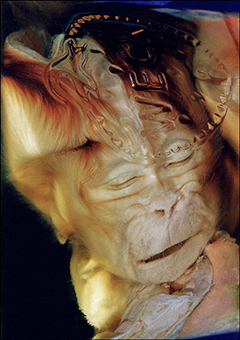 |
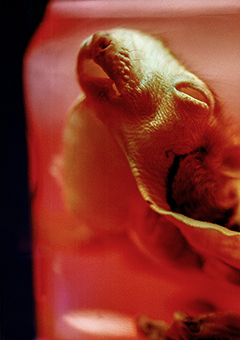 |
|
||
|
|||||||||||||||||||
|